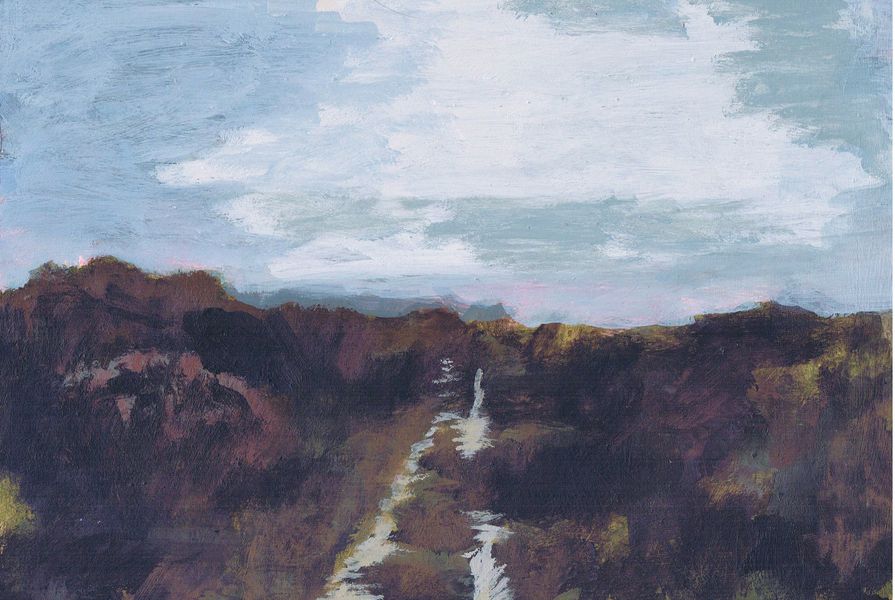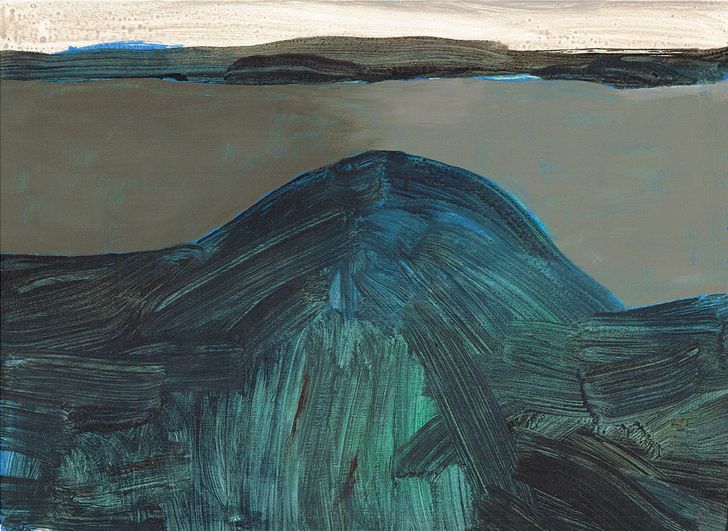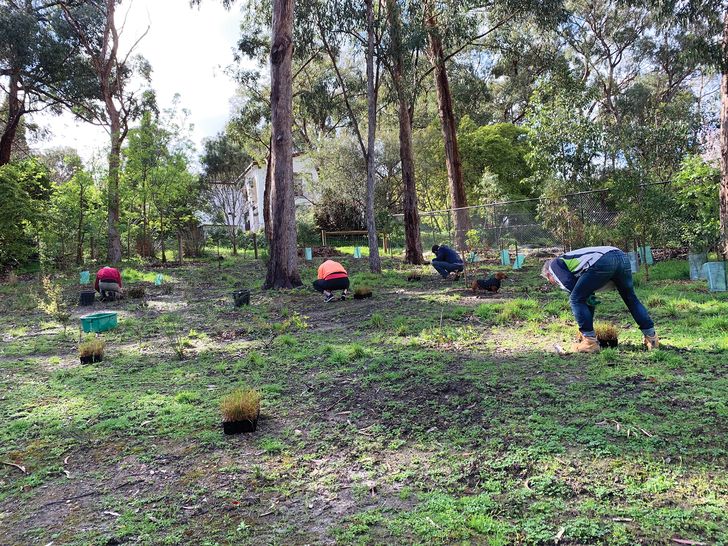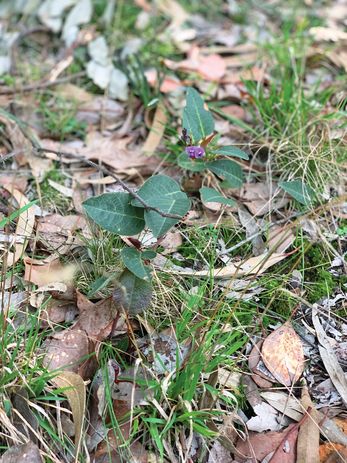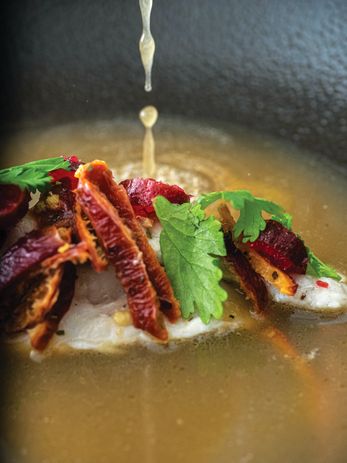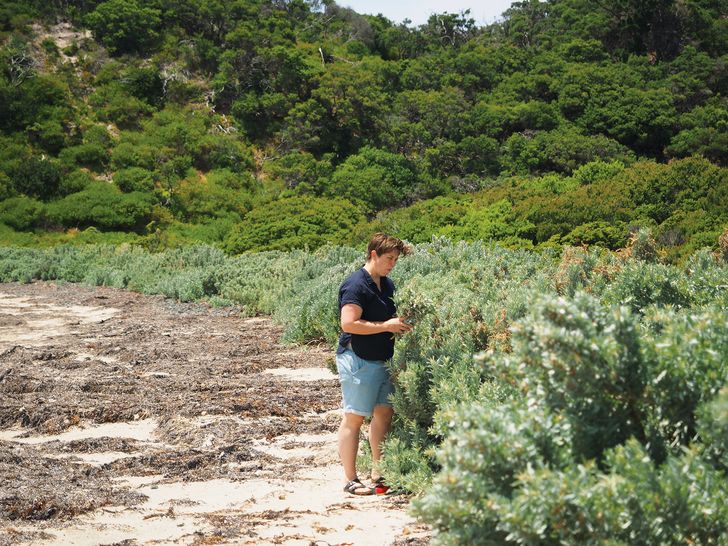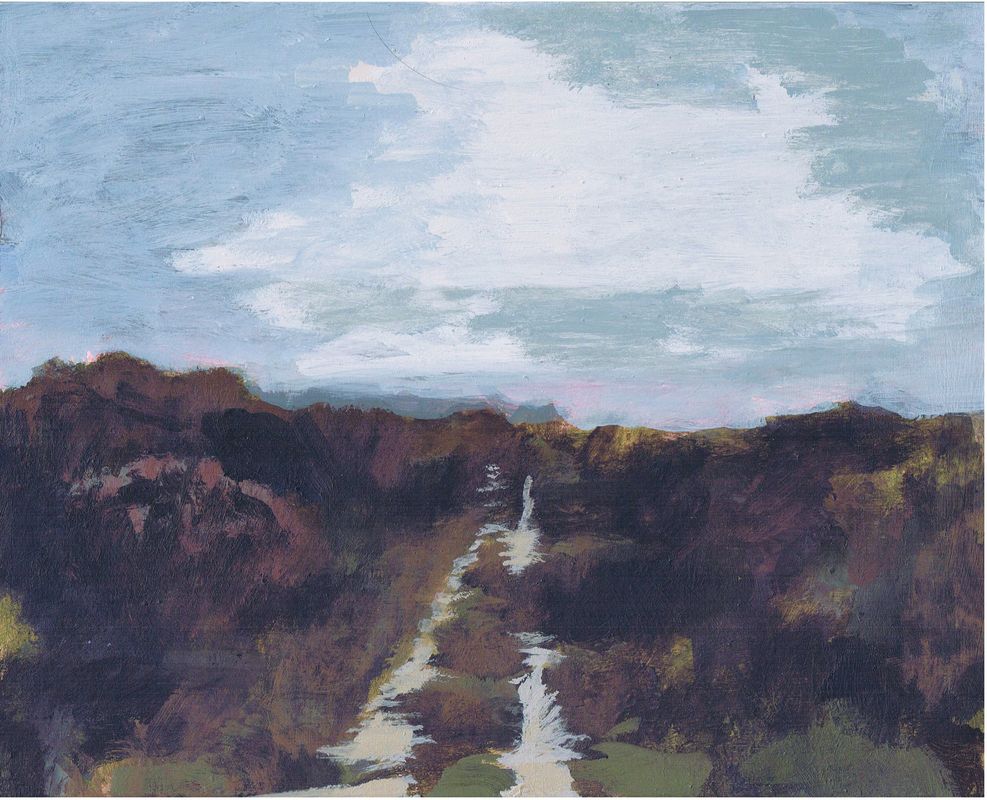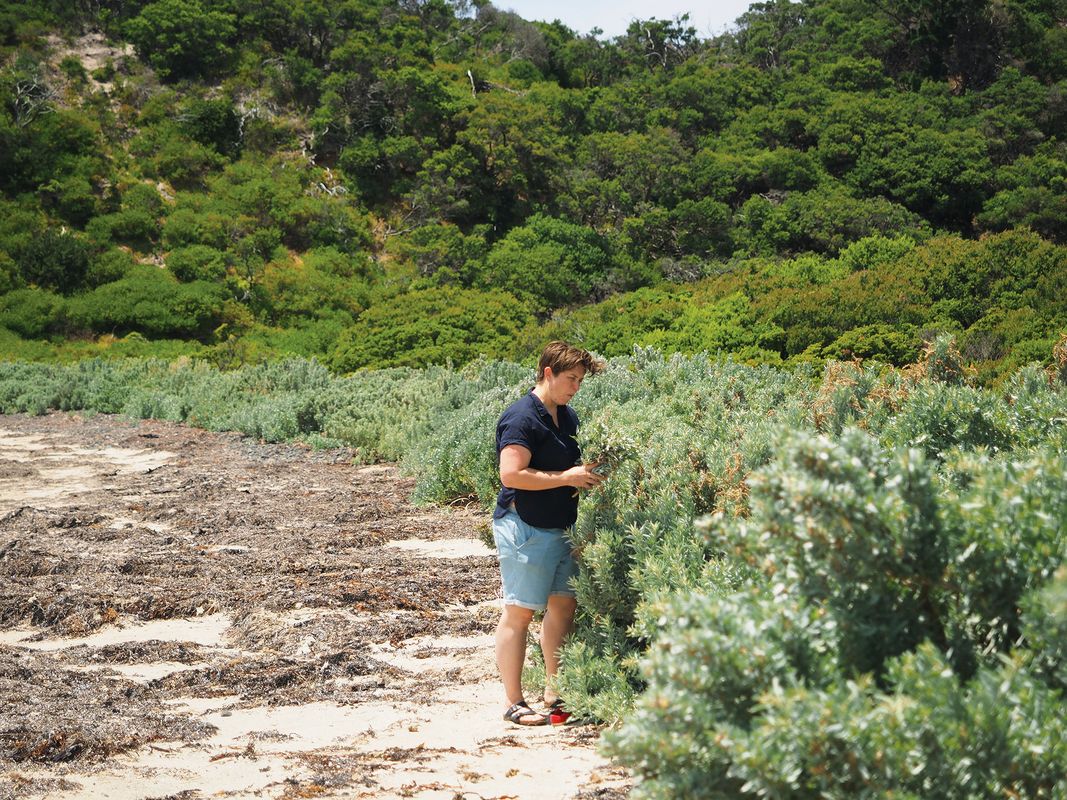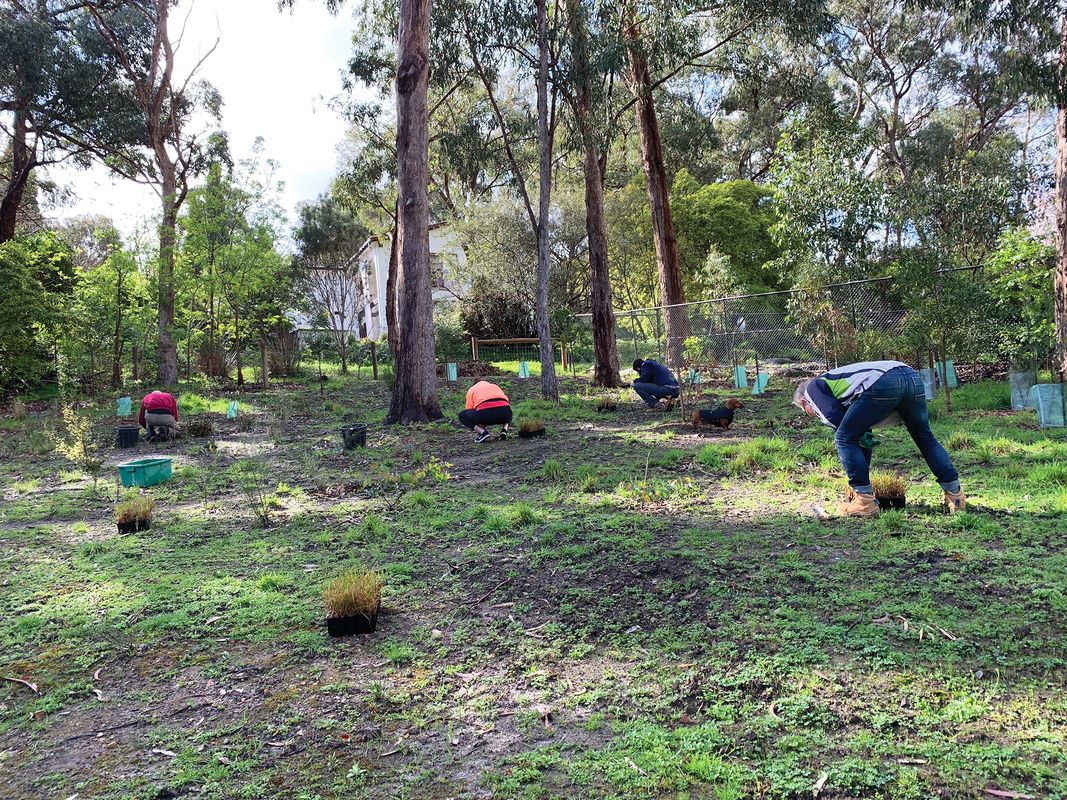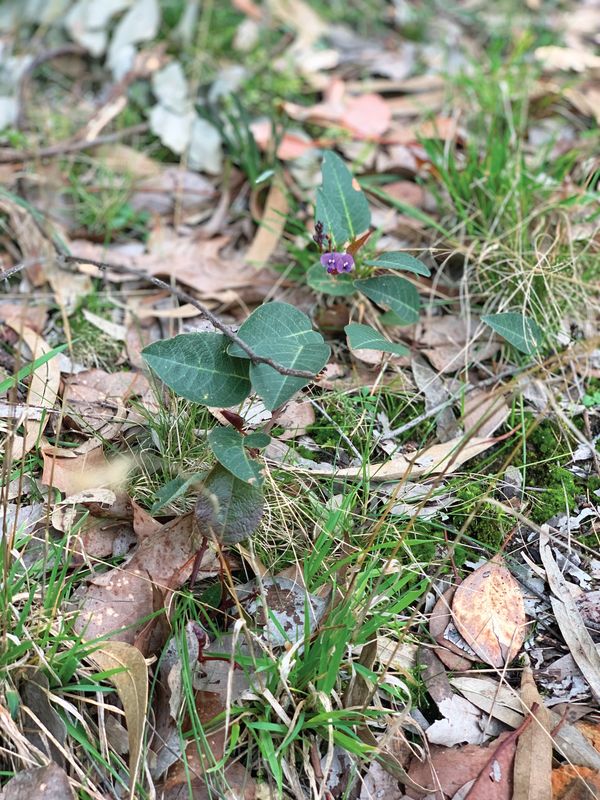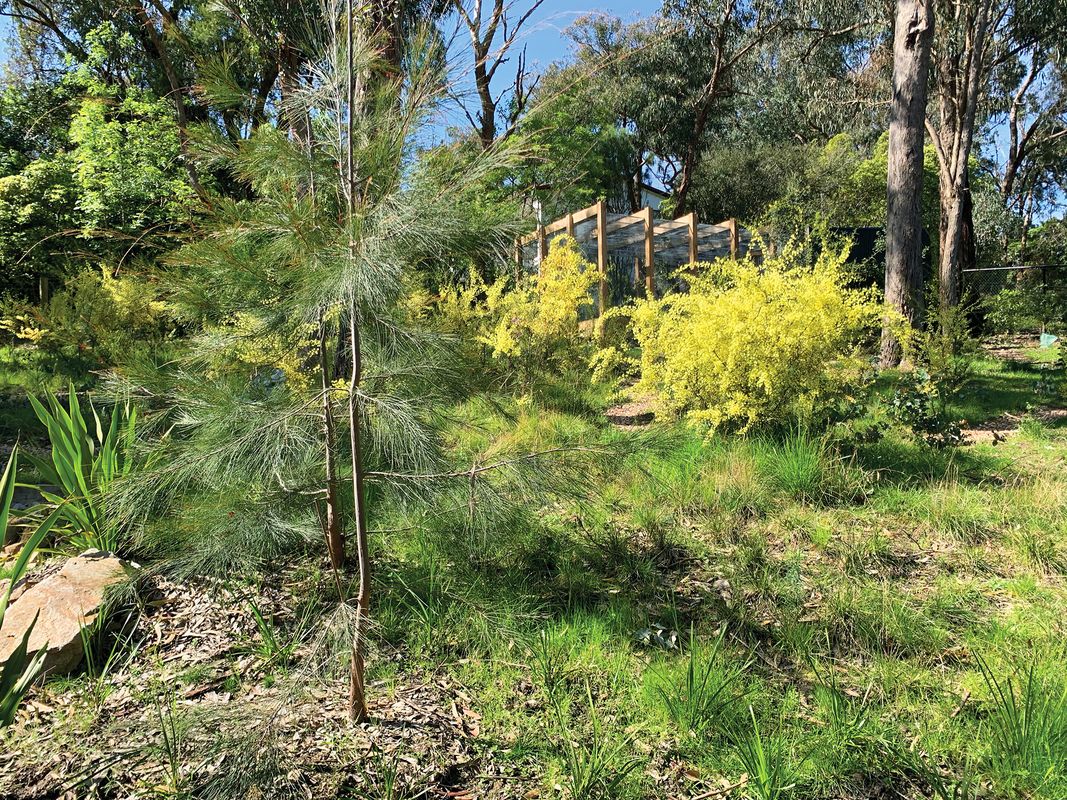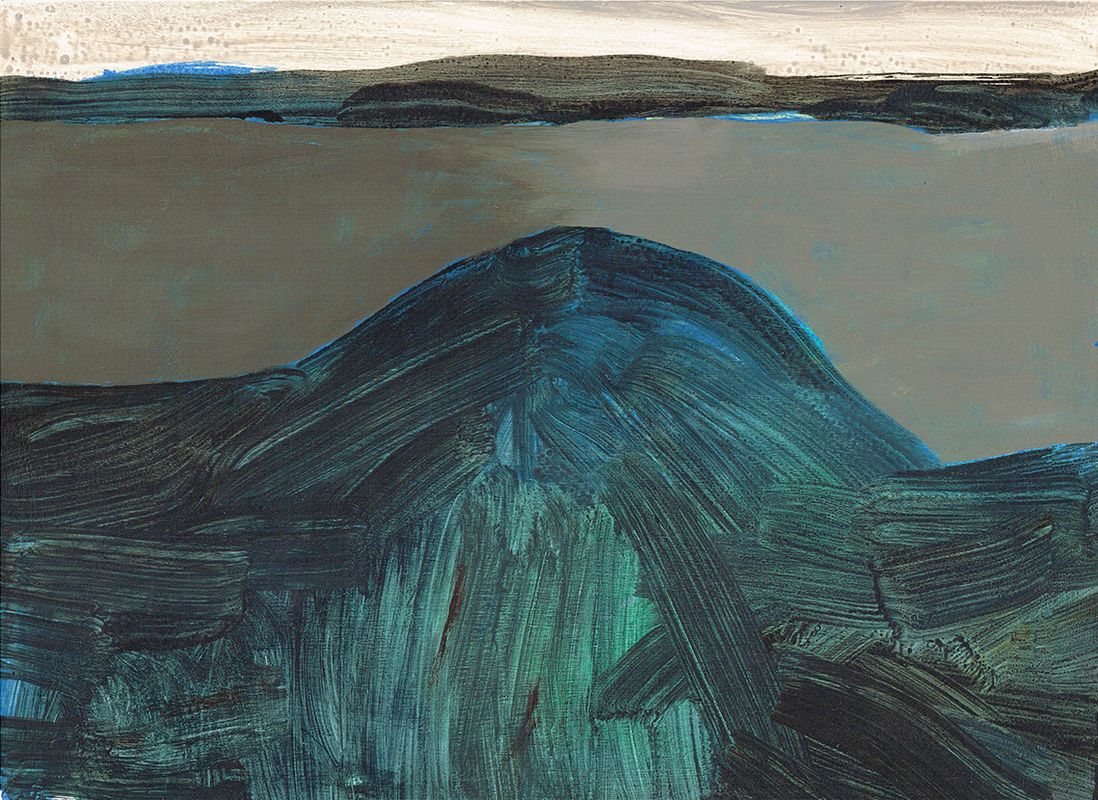Discussions around aesthetics have been given relatively little attention in landscape architecture discourse. Predominantly framed by the dominance of the visual, debates around aesthetics have often been limited to notions of the sublime, the beautiful and the picturesque – or, more recently and concerningly for landscape architecture – as the argument for addressing visual design problems such as the screening of infrastructure.1
Elizabeth Meyer has drawn our attention to the ecological performance of an understanding of aesthetics that is not pictorial, but immersive, poly-sensory, dynamic and temporal, both in the experience of creating landscapes and being in them.2 This experiential appreciation occurs in the body as well as the mind. As designers, the place and physical environment we work in, the people we collaborate with, the medium we use, the time we take, our past bodily experiences and knowledge and the Zeitgeist are all aesthetic experiences that contribute to and inform how we design.
The background that we bring with us both consciously and subconsciously affects how we experience moments and interact with our surrounds. This may include the people we have spent time with, the places we have known intimately and passed through, the cultural and environmental framework we have been immersed in, and the activities we undertake. If this is the case, how might our own personal, physical, emotional, cultural and contextual experiences improve our ability as landscape architects to attend to local biodiversity through the design process?
Bottom of Bouddi (2014) by David Whitworth. Acrylic on board, 30 x 40cm.
Image: David Whitworth
Paying attention
In addition to his practice as a landscape architect at Sue Barnsley Design, David Whitworth is an acute gardener, erudite writer, ethereal painter and avid walker. These sideways pursuits have helped him to look deeper, to notice and to experience the intangible. “What I dislike about designing in plan is the disembodiment and the abstracted geometries,” he says. Whitworth’s paintings present cropped, zoomed-in details of landscapes that relay a fleeting moment reliant on seasonality, the time of day or weather. His works often challenge conventional rules of perspective and convey a feeling of being immediate, personal and relational. Reflecting on his body of work, Whitworth observes that to choose a subject in painting is to select something worth paying attention to. “Increasingly, the subjects for my work have been defined by sensations rather than objects – by elemental relationships, between light and foliage, shade and reflection,” he says. “Landscape architecture relies on plans, drawings, directions to communicate its intentions, but interestingly the success of these designed spaces is linked to the same subjects as my paintings, in that the intimate and the elemental are what make sites sing, makes them [emotionally] moving.”
The attentiveness that both Whitworth’s art and attendant perambulatory practices foster can help to develop a deeper attachment to and affinity with the natural world over time. Both painting and walking are bodily acts that engender a sense of rhythm, which in turn can assist in conjuring a deeper understanding of the complex and entangled dynamics of landscape. Both activities encourage an engagement with the temporal cycles, with slowness and change, which Whitworth notes have encouraged him to understand landscape as a process, rather than an outcome. In seeking out the beauty in transitory moments, Whitworth has honed his ability to perceive the many nuances in the way the light filters through gaps in a canopy, the soundscapes created by casuarinas swishing, and the double image of reflections through water, as well as experience the empathy for nature induced by visiting a landscape ravaged by fire.
Taking time
Whether experimenting with new ideas, connecting with the natural world or escaping to a meditative state, landscape architects can build an intimate reciprocal relationship with the land through tending to the garden.
Jon Shinkfield of Realmstudios has a property at Park Orchards, on Wurundjeri Country, in grassy dry forest. In our conversation that took place there in November, fresh out of Melbourne lockdown, he noted that his practice in the garden has fundamentally altered how he operates as a landscape architect. Perennially weeding, patiently anticipating new endemic growth from the land’s dormant seedbank, paying close heed to cycles of wet and dry, Shinkfield is humbly learning when not to interfere, as much as when things might need some coaxing. When he first acquired the property the landscape consisted of mainly lawn, weeds and mature eucalypts. Much of the garden has not been planted, but has since regenerated itself in ameliorated conditions, achieved through the planting of species such as Themeda triandra (kangaroo grass) and the removal of invasive species. Endemic species such as Hardenbergia violacea (false sarsaparilla), Eucalyptus polyanthemos (red box) and Dichondra repens (kidney weed) have re-emerged. Fallen trees are left in place and surfaces are permeable, or – where this is impractical – water is collected to percolate slowly across the ground. Here, the designers’ hand is subtle, overshadowed by “nature’s” spontaneous input to the landscape. While Shinkfield notes that the garden’s teachings are highly site-specific, there are approaches that have been applied to his professional projects. At Wunggurrwil Dhurrung3, a new Aboriginal community centre in Melbourne’s outer suburbs, for instance, artificial irrigation has been rejected in favour of passive water management, site soil is favoured over soil mixes, and the garden is not considered a finished outcome, but a process which allows for growth, death, ephemerality and renewal.
Themeda triandra and Lomandra longifolia subsp. longifolia are planted into unprepared soil in the previously groomed and weed infested landscape.
Image: Jon Shinkfield
Hardenbergia violacea from remnant seedstock appearing under the trees at Jon Shinkfield’s Park Orchards property.
Image: Jon Shinkfield
Making sense
If aesthetic experiences can embrace the non-visual and the immersive, how might we imagine our planting plans in relation to taste? Many of us would have little knowledge of the flavours of the plants we specify, but Jess Hodge, landscape architect and associate director at Yerrabingin, has built up an intimate memory bank of the flavours of the bush.
Hodge’s culinary practice has had a profound influence on the direction of her practice as a landscape architect. Stemming from a love of connecting to people through food, cooking for Hodge began as a cathartic process and functions as an extension of her design practice that is more immediately realized from conception to conclusion than a designed landscape. By exploring the culinary potentials of native ingredients in her cooking – their flavours, reaction, diversity, pairing and textures – Hodge has strengthened her relationship with endemic species and notably, brought her attention to the importance of the local provenance of plants. Her work with Yerrabingin co-founder Christian Hampson looks to the use of endemic and edible species as part of an ambition to further knowledge around how we might care for and connect to Country.
With industrial agriculture the largest land use on the planet4 and a key cause of biodiversity loss in Australia, the benefits of growing and using native and particularly endemic species for food and providing opportunities for education and engagement are evident. Hodge says that “growing rice in New South Wales doesn’t make sense [in terms of] climate and conditions, but what does make sense is using ingredients that come from this land in our cooking.” Hodge is currently working from her caravan, travelling around Australia, meeting with Traditional Custodians and First Nations-owned businesses and cultivating a respect for local flora and fauna through gastronomy.
A dish of steamed bream, quandong and fish broth created by Jess Hodge.
Image: Emily Harris
Foraging for edible plants along the coast has helped to strengthen Jess Hodge’s understanding of endemic species.
Image: Emily Harris
As individuals, we bring our own unique cultural and contextual makeups to our design processes and exploring adjacencies can help us hone our ability to attend to, understand and value the stirring, subtle and complex beauty of the Australian landscape. Many of us pursue convergent and complementary practices that, while not directly part of our professional work, have become integral and formative to our process and invaluable to our ability to understand and care for uniquely Australian habitats and plant communities. Tending a garden, preparing meals for loved ones, painting familiar places, walking, reading for pleasure, writing, yarning, dancing, playing – the gestures we perform with our hands, our bodies and minds teach us to look closer, slow down and harness the full range of our senses to comprehend and grapple with our animated and multisensory environment. These practices can foster an aesthetic of care within the landscape architect’s design process in the acquisition of ecological knowledge and appreciation.
1. Jacky Bowring, Melancholy and the landscape: Locating sadness, memory and reflection in the landscape (New York: Routledge, 2017).
2. Elizabeth Meyer, “Sustaining beauty: The performance of appearance,” Journal of Landscape Architecture, vol 3 no 1, 2008, 6–23.
3. Wunggurrwil Dhurrung was designed by Realmstudios with Paul Thompson, E2 Design Lab, Gresley Abas Architects, Gregory Burgess Architects and artist Vicki Couzens in collaboration with Wyndham City Council and Koling wada-ngal Aboriginal Corporation.
4. Charles Massey, Call of the reed warbler: a new agriculture, a new earth (Brisbane: University of Queensland Press, 2017).
Source
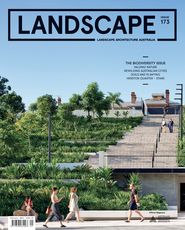
Practice
Published online: 26 Apr 2022
Words:
Jess Stewart
Images:
David Whitworth,
Emily Harris,
Jon Shinkfield
Issue
Landscape Architecture Australia, February 2022

